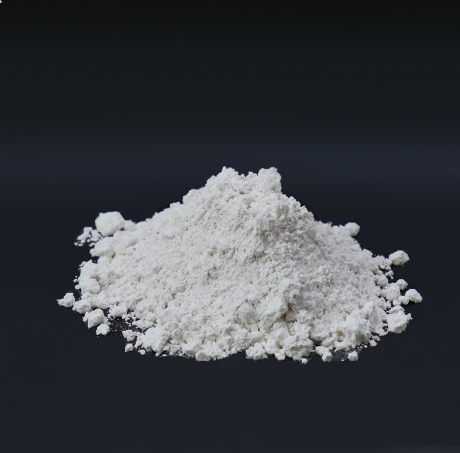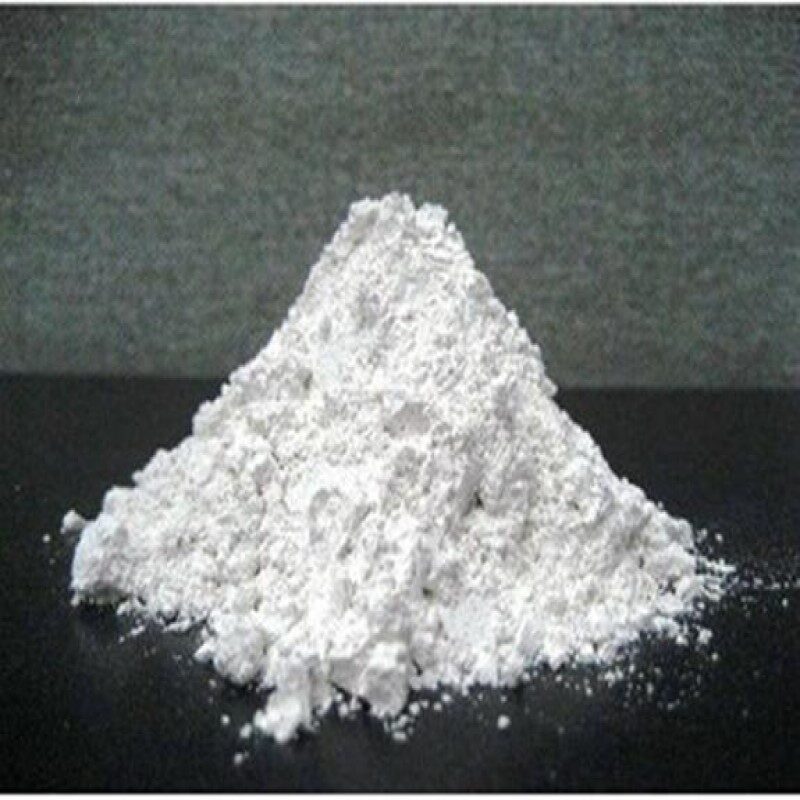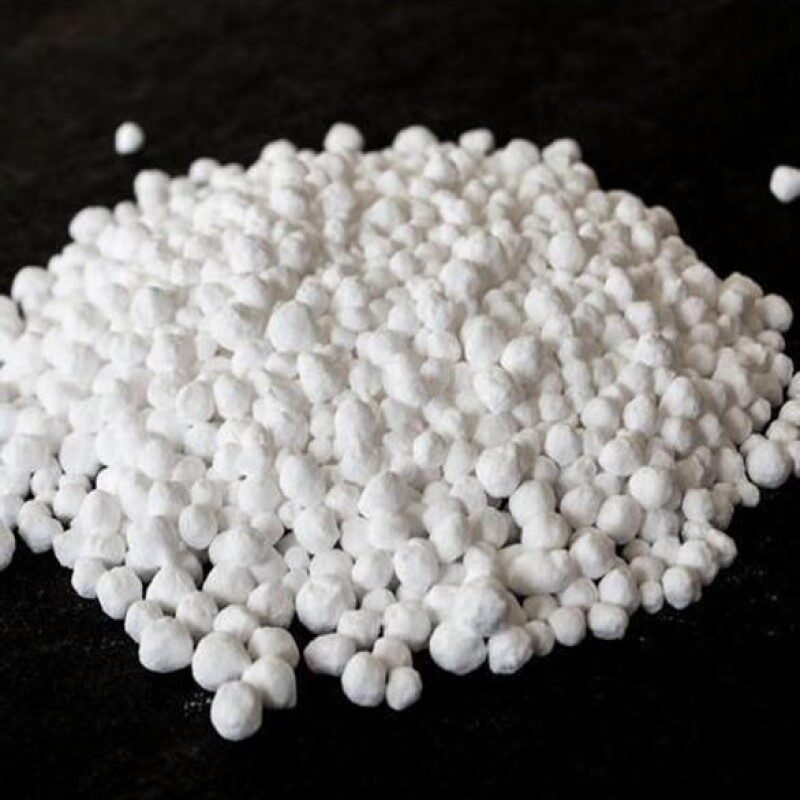Description
Remarks: The material complies as per above specifications.
Uses: Forms a paste when it is mixed with water that soon hardens into a solid. Used in making casts, molds, and sculpture.
Packing: 25 kg HDPE Bags/HDPE Drum
For AMIZARA SPECILITY CHEMICALS LLP
MSDS
Calcium Sulphate Sulfate Hemihydrate Anhydrous SDS, Safety Data Sheet MSDS Sheet, Material Safety Data Sheet
Section 1: Chemical Product and Company Identification
| Product Name & Other Names |
Calcium sulfate hemihydrate, Calcium sulfate anhydrous or Calcium sulphate hemihydrate, Calcium sulphate anhydrous. |
| CAS # |
10034-76-1 for hemihydrate or 7778-18-9 for anhydrous) |
| EINECS EC Code |
231-900-3 |
| Molecular Weight |
145.15 for hemihydrate and 136.14 for anhydrous |
| Molecular Formula |
CaSO4.0.5H2O for hemihydrate and CaSO4 for anhydrous. |
| Relevant uses and uses advised against (if any) |
Industrial use only. |
| Supplier |
As per letterhead. |
SECTION 2 : Hazards Identification
GHS, Globally Harmonized System Classification in accordance with 29 CFR 1910 Hazard Class and Category Code(s), Regulation (EC) No 1272/2008 (CLP)
| Not a hazardous substance or mixture according to Regulation (EC) No. |
1272/2008. |
| This substance is not classified as dangerous according to Directive |
67/548/EEC. |
Labeling Regulation EC 1272/2008 (CLP) & GHS
| Hazards not otherwise classified (HNOC) |
May causes mild skin irritation
May causes mild eye irritation |
Precautionary statements:
| P261 |
Avoid breathing dust/fume/gas/mist/vapors/spray. |
| P262 |
Do not get in eyes, on skin, or on clothing. |
| P281 |
Use personal protective equipment as required. |
| P302+P352 |
IF ON SKIN :
Wash with plenty of soap and water. |
| P303+P361+P353 |
IF ON SKIN (or hair) :
Remove/Take off immediately all contaminated clothing. Rinse skin with water/shower. |
| P304 + P340 |
IF INHALED :
Remove victim to fresh air and keep at rest in a position comfortable for breathing. |
| P305 + P351 + P338 |
IF IN EYES :
Rinse cautiously with water for several minutes.
Remove contact lenses, if present and easy to do. Continue rinsing. |
| P337+313 |
If eye irritation persists get medical advice/attention. |
Section 3: Composition / Information on Ingredients
| Product Name & Other Names |
Calcium sulfate hemihydrate, Calcium sulfate anhydrous or Calcium sulphate hemihydrate, Calcium sulphate anhydrous. |
| CAS #: |
10034-76-1 for hemihydrate or 7778-18-9 for anhydrous) |
| EINECS EC Code |
231-900-3 |
SECTION 4: First Aid Measures
Always seek medical advice after the first aid treatment.
| Skin |
Wash exposed area with soap and water. |
| Eyes |
Wash eyes with plenty of water for at least 15 minutes, lifting lids occasionally. Seek Medical Aid. |
| Inhalation |
Remove to fresh air. If not breathing, give artificial respiration. If breathing is difficult, give oxygen. |
| Ingestion |
If swallowed, induce vomiting immediately after giving two glasses of water. Never give anything by mouth to an unconscious person. |
SECTION 5 : Fire Fighting Measures
| Flammability of the Product: |
Non-flammable. |
| Auto-Ignition Temperature |
Not applicable. |
| Flash Points |
Not applicable. |
| Products of Combustion |
Oxides of sulfur and calcium |
| Fire Hazards in Presence of Various Substances |
Not applicable. |
| Fire Fighting Media and Instructions |
Use water spray, alcohol-resistant foam, dry chemical or carbon dioxide. |
| Special Remarks on Fire Hazards |
Calcium sulphate hemihydrate or anhydrous mixed with phosphorus will ignite at high temperatures. When primed at high temperature with potassium nitrate-calcium silicide mixture, calcium sulfate mixed with excess red phosphorus will burn. |
When heated to decomposition it emits toxic fumes of oxides of sulfur and calcium. Special Remarks on Explosion Hazards Many metal oxo-compounds (nitrates, oxides, and particularly sulfates) and sulfides are reduced violently or explosively (undergo a thermite reaction) on heating an intimate mixture with aluminum powder to a suitably high temperature to initiate the reaction. A violent or explosive reaction can occur upon heating when calcium sulfate is mixed with aluminum powder. Containers may explode when heated.
SECTION 6: Accidental Release Measures
Methods and materials used for containment Cleanup procedures and Storage:
| Personal precautions, protective equipment, and emergency procedures |
Ventilate area of leak or spill. Avoid breathing dust/fumes/gas/mist/vapors/spray. Use individual protective equipment (waterproof boots, suitable protective clothing, safety glasses, etc.). Restrict unprotected personnel from the area. Prevent any contact with hot surfaces. Do not approach facing the wind. Do not touch the spilled material. |
| Environmental precautions |
Do not let the product enter drains, soil, or water sources. |
| Small Spill |
Use appropriate tools to put the spilled solid in a convenient waste disposal container. Finish cleaning by spreading water on the contaminated surface and dispose of Calcium sulfate according to legal requirements. |
| Large Spill |
Contain spilled material. Cover with an inert, non-combustible absorbent material, (e.g. sand, earth, diatomaceous earth, vermiculite). Vacuum or sweep-up and remove to an approved disposal container. Finish cleaning by spreading water on the contaminated surface and allow to evacuate as per law. Avoid contact with moisture. |
SECTION 7:Handling and Storage
| Precautions for safe handling |
Apply according to good manufacturing and industrial hygiene practices. Ensure proper ventilation. In case of insufficient ventilation, wear suitable respiratory equipment. Wash thoroughly after handling. Do not drink, eat, or smoke while handling. Avoid contact with skin, eyes, and clothing. Minimize dust
generation. Avoid breathing dust/fumes/gas/mist/vapors/spray. Avoid contact with eyes, skin, and clothing. Keep container tightly closed. Avoid ingestion and inhalation. Use individual protective equipment (waterproof boots, suitable protective clothing, safety glasses, etc.). Prevent any contact with hot surfaces. |
| Conditions for safe storage, including any incompatibilities |
Store in cool, dry, and ventilated area away from heat sources and protected from sunlight in tightly closed original container. Keep air contact to a minimum. Store protected from heat, sparks and ignition sources and incompatible materials. Avoid contact with skin and eyes. Avoid inhalation of dust/mist/vapor. Do not store with incompatible materials like strong oxidizing agents and acids. Hygroscopic. Avoid moisture. |
SECTION 8: Exposure Controls/Personal Protection
| Engineering Controls |
Use process enclosures, local exhaust ventilation, or other engineering controls to keep airborne levels below recommended exposure limits. If user operations generate dust, fume, or mist, use ventilation to keep exposure to airborne contaminants below the exposure limit. |
| Personal Protection |
Safety glasses. Lab coat. Dust respirator. Be sure to use an approved/certified respirator or equivalent Gloves. |
| Personal Protection in Case of a Large Spill |
Splash goggles. Full suit. Dust respirator. Boots. Gloves. A self-contained breathing apparatus should be used to avoid inhalation of the product. Suggested protective clothing might not be sufficient; consult a specialist BEFORE handling this product. |
Exposure Limits:
Consult local authorities for acceptable exposure limits.
| TWA |
15 (mg/m3) from OSHA (PEL) [United States] Inhalation Total. |
| TWA |
5 (mg/m3) from OSHA (PEL) [United States] Inhalation Respirable. |
| TWA |
10 (mg/m3) from ACGIH (TLV) [United States] |
| TWA |
10 (mg/m3) [United Kingdom (UK)] Inhalation Total. |
| TWA |
4 (mg/m3) [United Kingdom (UK)] Inhalation Respirable.3 |
SECTION 9: Physical and Chemical Properties
| Appearance |
White solid. Hygroscopic crystals or lumps or powder. |
| Odor |
Odorless. |
| Odor threshold |
Not available. |
| pH |
Not available. |
| Relative density |
Not available. |
| Melting point/freezing point |
>Not available. |
| Initial boiling point and boiling range |
Not available. |
| Flash point |
Not available. |
| Auto-ignition temperature |
Not available. |
| Decomposition temperature |
Not available. |
| Upper/lower flammability or explosive limits |
Not available. |
| Vapor pressure |
Not available |
| Vapor density |
Not available. |
| Evaporation rate |
Not available. |
| Flammability (solid, gas) |
Not available. |
| Partition coefficient |
n-octanol/water:
Not available. |
| Solubility(ies) |
Very slightly soluble in cold water. |
| Viscosity |
Not available. |
| Molecular Weight |
145.15 for hemihydrate and 136.14 for anhydrous |
| Molecular Formula |
CaSO4.0.5H2O for hemihydrate and CaSO4 for anhydrous. |
SECTION 10. Stability and Reactivity
| Stability |
Stable under ordinary conditions of use and storage. |
| Instability Temperature |
Not available. |
| Conditions of Instability |
Incompatible materials. |
| Incompatibility with various substances |
Reactive with oxidizing agents, acids. |
| Corrosivity |
Non-corrosive in presence of glass. |
| Special Remarks on Reactivity |
Hygroscopic; keep container tightly closed. Loses
waters at 163 C. Incompatible with Diazomethane, aluminum, magnesium, phosphorous. |
| Polymerization |
Will not occur. |
SECTION 11. Toxicological Information
| Toxicity to Animals |
LD50 (Oral) Rat 3,920 mg/kg |
| LC50 |
Not available. |
| Mutagenic Effects |
Not available. |
| Teratogenic Effects |
Not available. |
| Developmental Toxicity |
Not available. |
| Reproductive Effects |
No information available. |
SECTION 12. Ecological Information
| Ecotoxicity |
EC50 >79 mg/l Daphnia 48 hours
EC50 >790 mg/l Micro-organism 3 hours
Acute LC50 >1970 mg/l Fish 96 hours. |
| Persistence and Degradability |
No information available. |
| Mobility |
No information available. |
| Bioaccumulation/ Accumulation |
No information available. |
| Results of PBT and vPvB assessment |
No data available for assessment. |
SECTION 13. Disposal Considerations
| Waste Disposal |
Waste must be disposed of in accordance with federal, state and local environmental control regulations. |
SECTION 14. Transport Information
| DOT (US) |
Not dangerous goods |
| IMDG |
Not dangerous goods |
| IATA |
Not dangerous goods |
SECTION 15. Regulatory Information
USA Regulations:
| SARA 302 |
Not subject to the reporting requirements of SARA Title III, Section 302. |
| SARA 313 |
Does not contain any chemical components with known CAS numbers that exceed the threshold (De Minimis) reporting levels established by SARA Title III, Section 313. |
| SARA 311/312 Hazards |
No SARA Hazards California Prop. 65 Components: This product does not contain any chemicals known to State of California to cause cancer, birth defects, or any other reproductive harm. |
SECTION 16. Other Information
Disclaimer:
The information and recommendations set forth herein (hereinafter “Information”) are presented in good faith and believed correct as of the date hereof. It is compiled from various sources and it is not necessarily all inclusive nor fully adequate in every circumstance. In addition, these suggestions should not be confused with nor followed in violation of applicable laws, regulations, rules or insurance requirements applicable. This MSDS sheet is intended only as a guide to the appropriate precautionary handling of the material by a properly trained person using this product. Individuals receiving the information must exercise their independent judgment in determining its appropriateness for a particular purpose.




